In Part 1, we traced the long struggle to target KRAS and the breakthrough that made the “undruggable” druggable. Now we turn to a crucial question: how do different KRAS alleles shape tumor biology, signaling behavior, and clinical outcome? A single-letter change in the KRAS codon can completely rewrite a cancer’s metabolic logic and therapeutic response.
1. KRAS Allelic Diversity — Same Gene, Different Fates
KRAS mutations cluster mainly around two hot spots:
- G12/G13 mutations — impede GTP hydrolysis, locking KRAS in an active GTP-bound state.
- Q61 mutations — abolish hydrolysis altogether, sustaining constant signaling.
In pancreatic ductal adenocarcinoma (PDAC), G12D, G12V, and G12R dominate; in colorectal cancer, G12D/V; in lung cancer, G12C/V. Although grouped under one label, “KRAS mutation,” these alleles differ markedly in pathway preference, tumor metabolism, and immune milieu.
2. G12D — The Metabolic Engine of Pancreatic Cancer
G12D is the most common KRAS mutation, present in ≈ 40–45 % of PDAC. It favors the PI3K–AKT axis, reprograms glucose metabolism toward glycolysis, and fosters an immunosuppressive microenvironment. Clinically, G12D tumors show poor prognosis and weak response to chemotherapy.
Selective inhibitors such as MRTX1133 (Mirati) and LY3537982 are now in early clinical trials after demonstrating potent regression in preclinical PDAC models.
3. G12V — The Proliferative Driver via RAF–MEK–ERK
G12V substitutions enhance coupling to the RAF–MEK–ERK pathway, leading to high proliferation and rapid tumor growth. Metabolic dependency is lower than in G12D tumors, but oxidative-stress tolerance and inflammatory cytokine output (e.g., IL-8) are higher. G12V mutations are frequent in colorectal and lung adenocarcinomas and may benefit from MEK- or RAF-targeted combinations.
4. G12R — The Outlier Unique to Pancreatic Cancer
G12R occurs almost exclusively in PDAC (≈ 15 %) and disrupts PI3K–AKT binding while retaining partial RAF–MEK signaling. This results in slower proliferation, reduced metastasis, and sometimes better survival compared with other KRAS alleles. Spatial transcriptomics reveal greater immune infiltration, suggesting potential synergy with immunotherapy.
5. Q61 — The Hyperactive but Toxic Variant
Mutations at Q61 (Q61H/K/L) completely halt GTP hydrolysis, yielding the strongest and most persistent KRAS activation known. However, excessive signaling can be cytotoxic, limiting its occurrence mainly to thyroid cancers and melanomas. In KRAS-driven tumors, Q61 mutations also emerge as secondary resistance mutations under therapeutic pressure.
6. Mutant Dosage — Quantity Matters
Recent pan-cancer analyses (Nature Medicine 2024) revealed that mutant KRAS dosage—copy number and expression level—directly correlates with overall survival. High-dosage tumors show markedly shorter OS, whereas low-dosage subsets may retain partial therapeutic sensitivity. This “dosage effect” adds a new quantitative dimension to precision oncology.
7. Therapeutic Implications — From “One KRAS” to Allele-Specific Precision
The era of treating “KRAS-mutant” cancers as a single entity is over. Each allele has its own biology, vulnerabilities, and drug partnerships:
- G12D: favors PI3K co-inhibition; sensitive to MRTX1133-like agents.
- G12V: benefits from MEK/ERK blockade combinations.
- G12R: potential responder to immunotherapy + metabolic modulation.
- Q61: candidate for next-generation pan-RAS degraders.
Allele-aware trial designs will become essential as KRAS inhibitors diversify.
8. Outlook — When Wild-Type KRAS Strikes Back
In Part 3, we will explore how suppression of mutant KRAS paradoxically activates wild-type KRAS and other RAS isoforms, rebuilding tumor signaling through backup circuits. Understanding and targeting this compensatory network is key to durable responses and the next generation of RAS therapeutics.
This article was produced by the Morningglorysciences Editorial Team.
Related articles



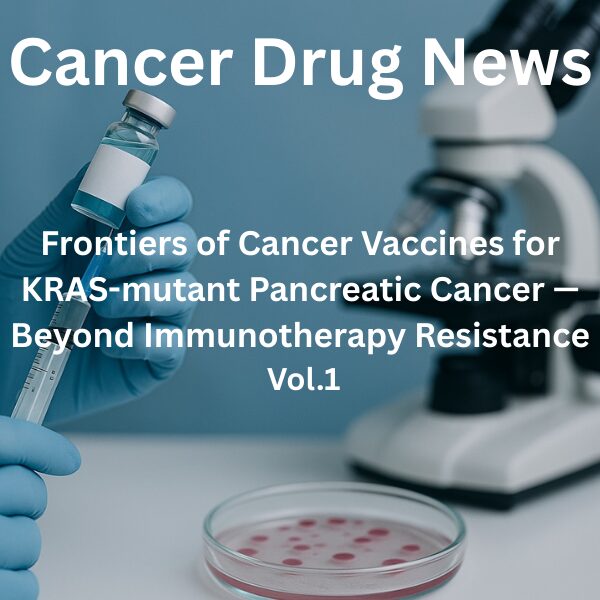
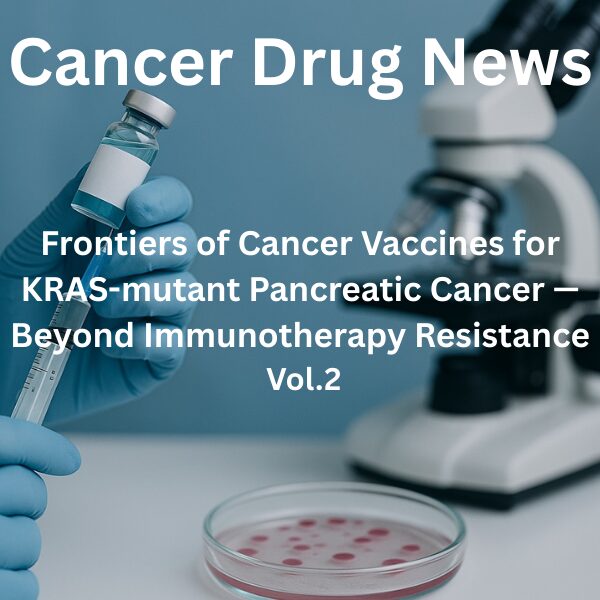
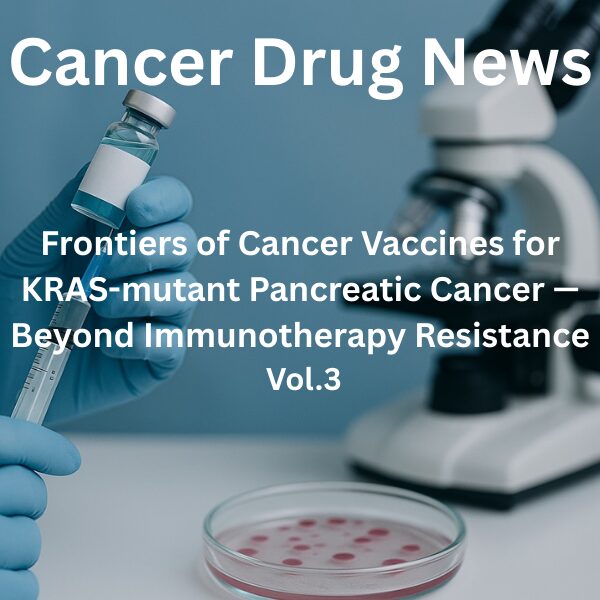
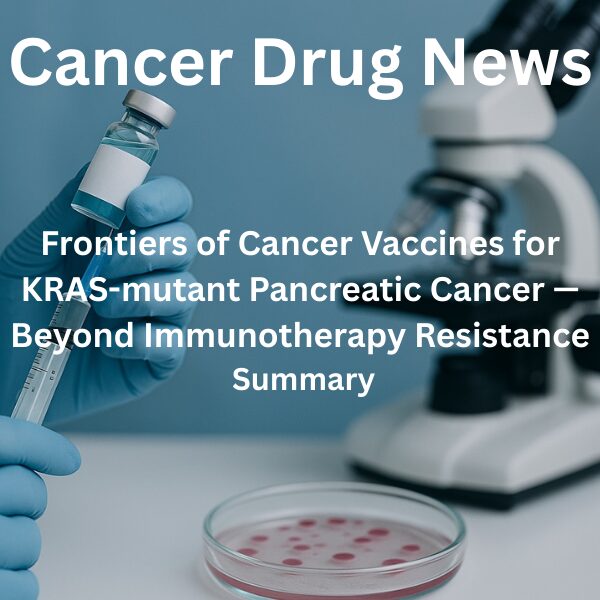
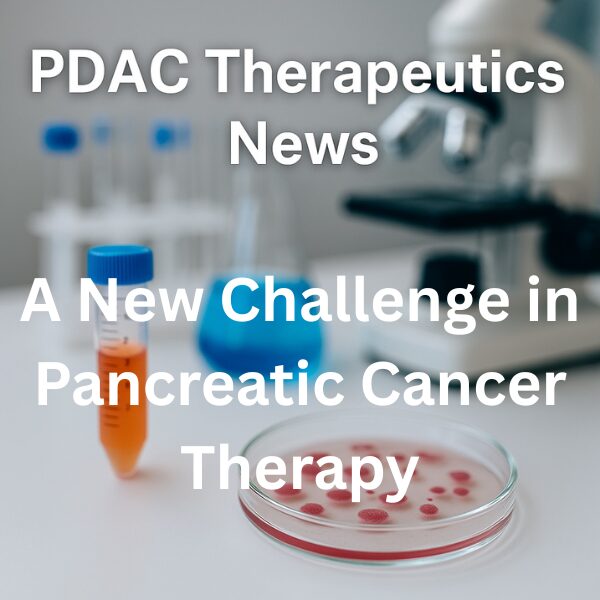

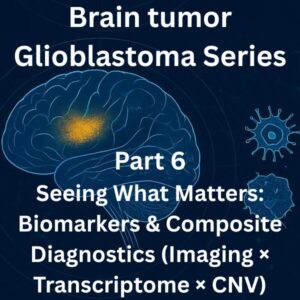
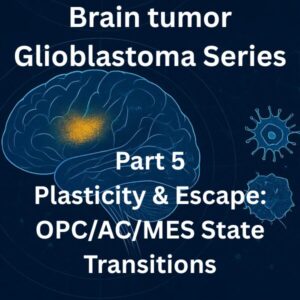
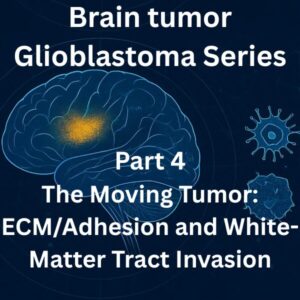
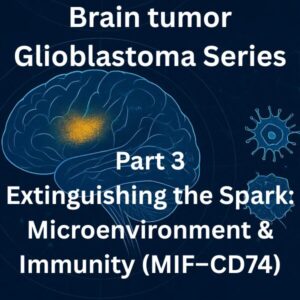
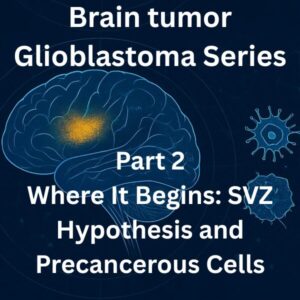
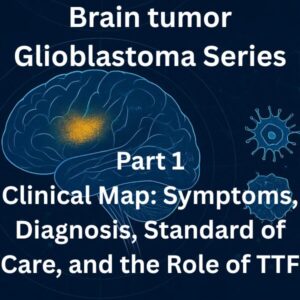
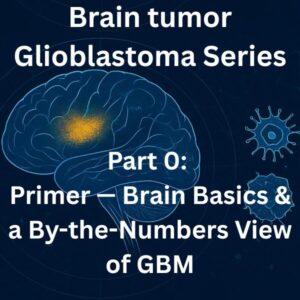
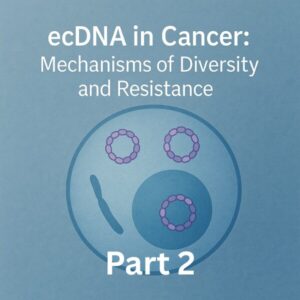
Comments